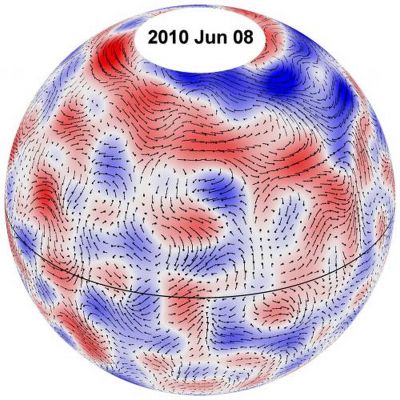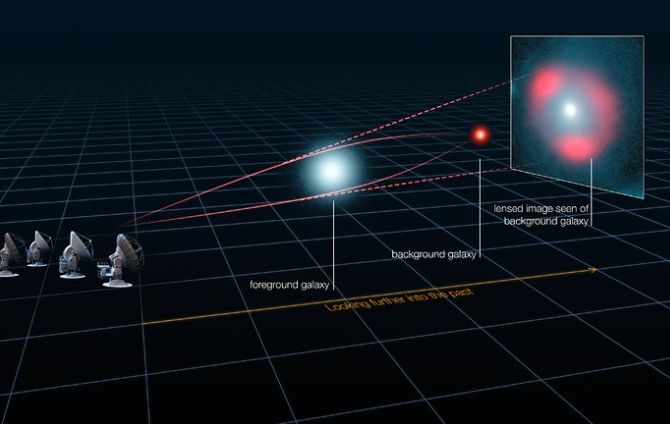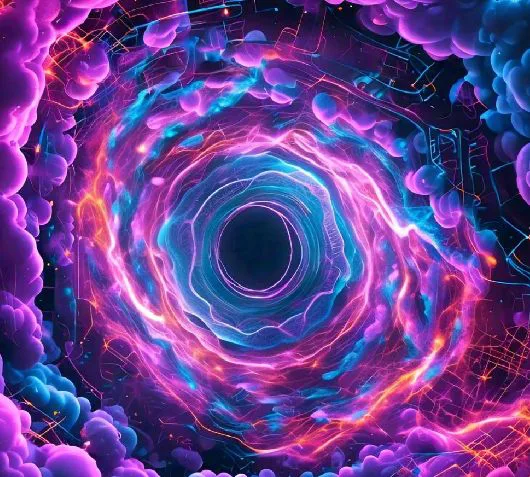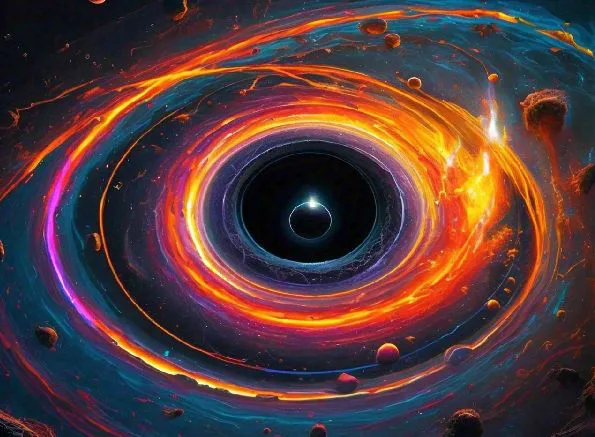We have known that convection currents are a part of the water cycle on earth. A conventional cell – density differences that results from rising and/or falling of currents – is the spark that ignites the formation of clouds with its release and transportation of energy. As air transcends along the surface of the earth, it carries heat, hence loses density (because of fluid dynamics) and moves higher into the atmosphere. Upon reaching there, it experiences low pressure due to which fluid retention becomes difficult and so it releases its moisture, hence producing rain. This mechanism cools the warm air and so the cycle gets repeated.
The same process is seen manifesting within the Sun as well. The photosphere of Sun consists of convention cells known as granules. These granules act as a source of convection cells and convey heat to its outer portions and ultimately into space. Until now, the space scientists have known two types of convection sources in Sun, the granules and super granules. More or less both possess the same function, the only difference is the rapidity with which each travel. Granules travel swiftly while the latter moves slowly perhaps due to its massive planet sized structure.
Lately, with the assistance of NASA’s observatory researchers have come up with an observation to which they call, moving from theory to practical phenomenon, giant cells. Researchers asserted that these giant cells are not only responsible for moving heat through sun but their role could also be attributed in generating magnetism as well.
Movement of these giant cells is too slow, somewhere around ten meters per second. With respect to the huge size of sun, these cells might have never stood out but the researchers were observing minute-by-minute data from NASA’s Solar Dynamics Observatory, which made the discovery possible.
Researchers envision that discovery of giant cells would help in better understanding the impact of solar events on earth and especially on manmade electronics. Predicting such events in advance which otherwise might lead to some catastrophic events would pave way towards building systems that go off or automatic shut down prior to the happening of such events.




